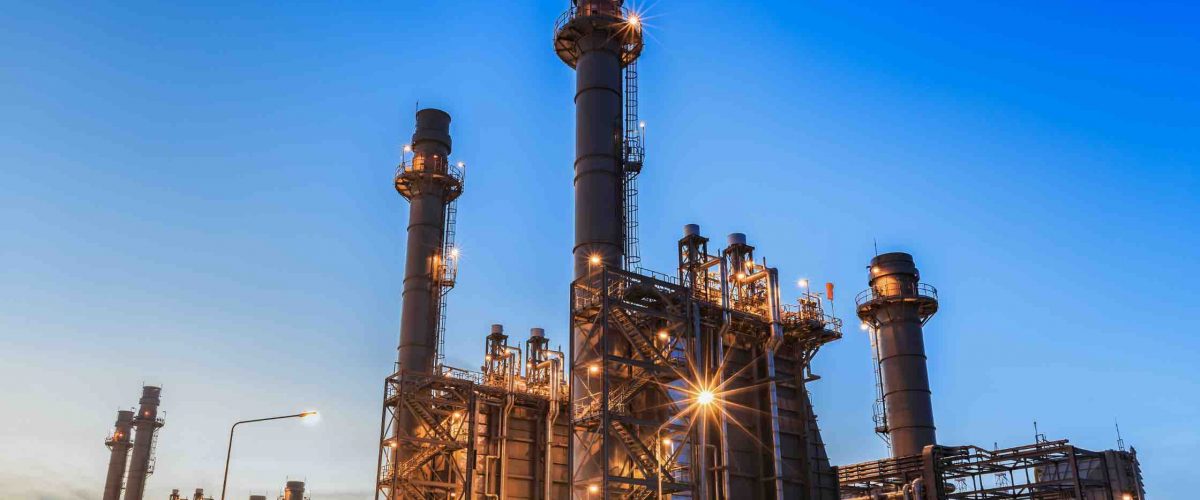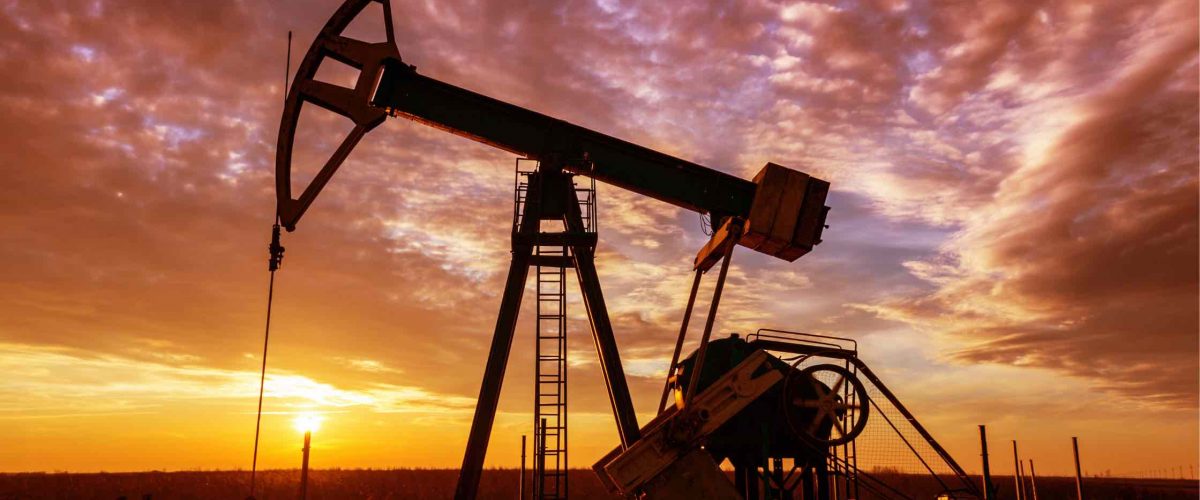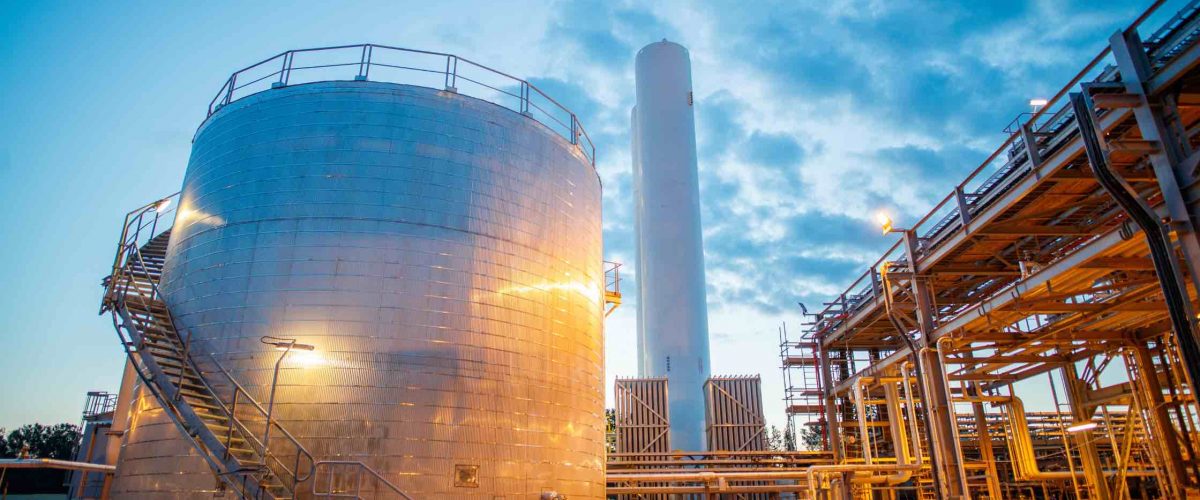Natural gas compression plays a vital role in the midstream sector of the oil and gas industry.
It involves the use of various equipment and technologies to transport natural gas from production sites to processing facilities, storage facilities, or distribution points.
Here, we’ll discuss the equipment used in natural gas compression and some of the key applications in the midstream sector:
Equipment Used in Natural Gas Compression:
- Compressors: Compressors are the central equipment in natural gas compression. They increase the pressure of the natural gas to facilitate its transportation. There are various types of compressors, including reciprocating compressors and centrifugal compressors, each with its own advantages and applications.
- Engines or Motors: Compressors are typically driven by engines or motors. Natural gas engines, electric motors, or even turbines can be used, depending on the specific requirements of the compression station.
- Coolers and Heat Exchangers: Natural gas compression generates heat, which needs to be dissipated to prevent overheating and maintain the efficiency of the compressor. Heat exchangers or coolers are used for this purpose.
- Filtration and Separation Equipment: To ensure the purity of the compressed natural gas and protect the compressor from contaminants, filtration and separation equipment such as coalescers and separators are employed.
- Valves and Control Systems: Valves are used to control the flow and pressure of natural gas within the compression system. Sophisticated control systems are essential for efficient operation and maintenance.
- Piping and Tubing: High-strength and corrosion-resistant piping and tubing are used to transport the natural gas from one stage of compression to another.
Applications in the Midstream Sector:
- Gathering and Transportation: Natural gas compression is used in the gathering phase to collect natural gas from various production wells. Once gathered, the gas is compressed for transportation through pipelines to processing facilities or distribution centers.
- Gas Processing: Natural gas often contains impurities, such as water vapor, hydrogen sulfide (H2S), and carbon dioxide (CO2). Compression is used to transport the gas to processing plants, where these impurities are removed and the gas is purified for various applications.
- Storage: Compressed natural gas can be stored in underground storage facilities to balance supply and demand. The compression process is crucial for injecting gas into storage reservoirs and withdrawing it as needed.
- Pipeline Transmission: Long-distance pipelines that transport natural gas across regions or countries require compression stations at regular intervals to maintain the pressure and flow rate of the gas.
- LNG Production: In the liquefied natural gas (LNG) production process, natural gas is compressed and cooled to extremely low temperatures to convert it into a liquid state for storage and transportation.
- Fueling Stations: Compressed natural gas (CNG) and liquefied natural gas (LNG) are used as alternative fuels for vehicles. Compression equipment is used at fueling stations to fill CNG tanks in vehicles.
- Power Generation: Natural gas compression is used in power generation facilities, especially in combined-cycle power plants, where gas turbines are used for electricity generation.
In the midstream sector, the efficient and reliable operation of natural gas compression equipment is essential to ensure the safe and cost-effective transportation and processing of natural gas.
Maintenance and monitoring of this equipment are critical to prevent downtime and maintain the integrity of the gas supply chain.
Read more on Sparkview Energy:
Automation and Robotics in Oil and Gas: Enhancing Efficiency and Reducing Human Risks
Environmental Impact of Oil and Gas Equipment: Mitigation and Sustainability Measures
Advancements in Oil and Gas Drilling Equipment: Efficiency and Safety Improvements




